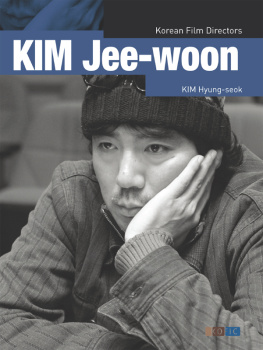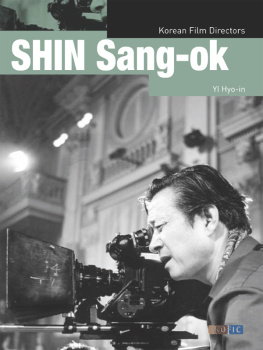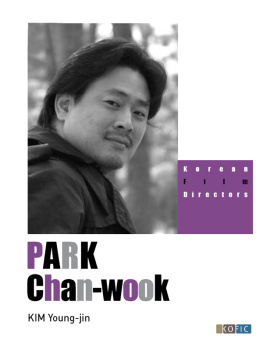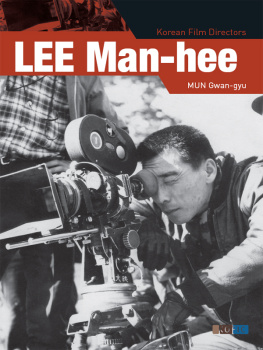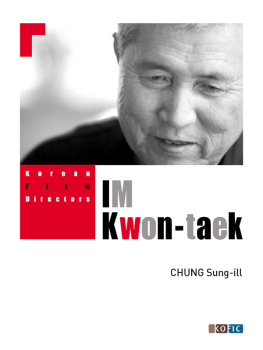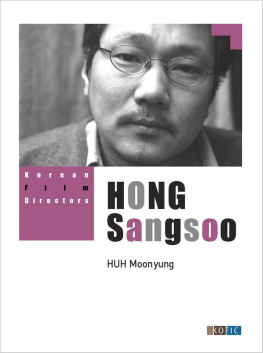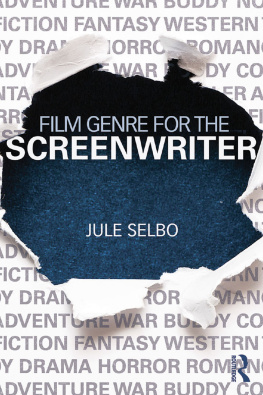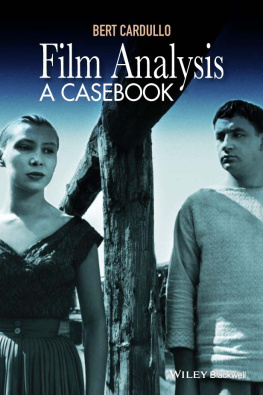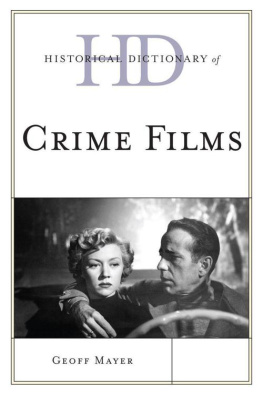The Korean Film Directors series is one of Korean Film Councils projects to furnish an international audience with insight and analysis into the works of Koreas most representative film directors.
The series aims to expand upon the existing body of knowledge on Korean film, educate the general public of the history of Korean film and Korean film directors, and draw attention to the significance of works that represent Korean film. Critics who share their insight in the series are leaders in their respective specialties. Each volume includes critical commentary on films, an extensive interview with the director, and a comprehensive filmography for reference.
No part of this book may be reproduced in any form without the written permission of the publisher.
B1 Korean Publishers Association Bldg., 105-2 Sagan-dong, Jongno-gu, Seoul 110-190, Korea
Preface
In the summer of 2008, the talk of Korean cinema was The Good, the Bad and the Weird. In a Korean film industry suffering through a slump in recent years, people were very interested to see what the results would be for this film, which had the biggest production budget in Korean film history. It featured the meeting of three top-level stars in SONG Kang-ho, LEE Byung-hun and JUNG Woo-sung; it was in a genrethe westernthat was something highly unaccustomed to in Korean film; its location shooting in China had gone for over 100 days The film opened within such interest, and, amid somewhat mixed responses, the film moved past the break-even point and attained the 9th highest box office result in Korean film history with approximately 7 million viewers (as of September 26, 2008).
A film that races forward wildly, The Good, the Bad and the Weird resembles the last decade in the life of its director, KIM Jee-woon, who has been constantly racing himself during that time. I feel myself very fortunate personally to have been able to take on a project such as this book that illuminates him in a comprehensive and complete way, through articles and long interviews at this point in time, when a film has come out that is suffused with all of his strengths and weaknesses and that seems like an intermediate reckoning of the past 10 years. As I watched each of his films again three or four times and conducted two spoken and three written interviews, I came to approach KIMs films in a slightly more concrete way, and I could see that they were far more fascinating and elaborate works than I had previously realized.
KIM Jee-woon is both a talented genre filmmaker and one of the few cineastes in todays Korean film possessing both skillful storytelling abilities and an original visual style. The greatest virtue of his films is that they are enjoyable. Within stripped-down narratives, the actors allures are displayed in their entirety, accompanied by fresh visuals and fitting sound. In addition, his films also feature a distinctive sense of humor. Yet KIM denies being a director who simply makes well-made commercial films. He makes genre films within the mainstream, but at the same time he has authorial ambitions of leaving his own stamp within his works. This may be the reason for the discordant note he continues to strike with Korean critics. With KIM, there is a slightly uneasy coexistence of the virtues of a commercial film director and solitary auteurism; a sense of conscience that demands that he make even entertainment films melancholy; aesthetic judgment that is stinting toward genre film coupled with a directors dissatisfaction with that situation. These contradictory elements have essentially come together to drive him onto film sets without rest for the past 10 years. He has made new attempts based on external criticism of and personal reflection on his past films and covertly projected his own internal pain, desires and complexes onto his films. And fortunately enough, he has survived commercially in the process to become the director afforded the biggest budget in the history of Korean film with The Good, the Bad and the Weird.
In my analysis of his five feature films and four short films, the greatest emphasis is placed on the seen. In particular, the spaces that he has created form the most important foundation in analyzing his films. Space in his films is not simply a background but a speaker itself, presenting its own story at the viewer. In addition, those spaces faithfully reflect the interiors of the characters. Also, the actors in KIMs films are camera subjects with a powerful impression. The director strives to draw out a certain essential image possessed by the actor, capturing it on film and bringing it in front of the viewer.
One area that requires a slight degree of caution here is a view that sees his works as purely image-oriented. He obviously believes strongly in the power of the seen, but while that does occasionally reveal itself through unrealistic visuals, he also clearly reflects the essential reality of life within. His films represent a kind of theory of life presented through the conventions of genre film, and the director constantly provides a gaze of compassion toward the characters suffering within his films.
The assessment of a director on a journey is always a careful affair, and so I have tried to keep an open mind as much as possible and avoid conclusive expressions in analyzing his films. If in spite of this there are areas where I have expressed this director on a journey as a director who has completed a journey, I take full responsibility for that. It is my hope that book will not cause any lessening of the fascination in the cinematic microcosm created by KIM Jee-woon.
October, 2008
KIM Hyung-seok
Introduction
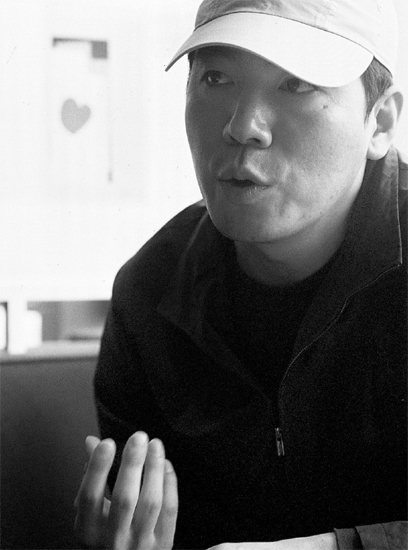
Introduction
There are various opinions about how to divide Korean film into periods, but there are likely few film scholars who would offer objection to the statement that its changes and search for new avenues began in the 1980s. The Korean films of this period, however heterogeneous, were passing through a time known as the New Wave. IM Kwon-taek, who until the 1970s had been dependent upon the commercial film system centering around Chungmuro, begin to follow the path of a real auteurist director with Mandara (1980). LEE Jang-ho, who appeared like a shooting star in the 1970s with The Stars Heavenly Home (1974) but was forced to leave Chungmuro under pressure from the dictatorship, made his comeback with A Good, Windy Day (1980) and announced the arrival of a new form of Korean film. BAE Chang-ho, who started out as LEEs assistant director, followed a stable but delicate course between polished commercial film and auteurism.
It would be difficult to group into one the tendencies of the directors leading the new current of the times, but if they had any commonality it would be their concern for the conventions of Korean film. They reconsidered its distinctive dramaturgy and genre clichs. And the late 1980s would see the arrival of JANG Sun-woo and PARK Kwang-su, for whom film was a reflection of reality and an interpretation of the past. They sought to contain with their films the material foundations and historical context in which they were made. What mattered to them was realism.

